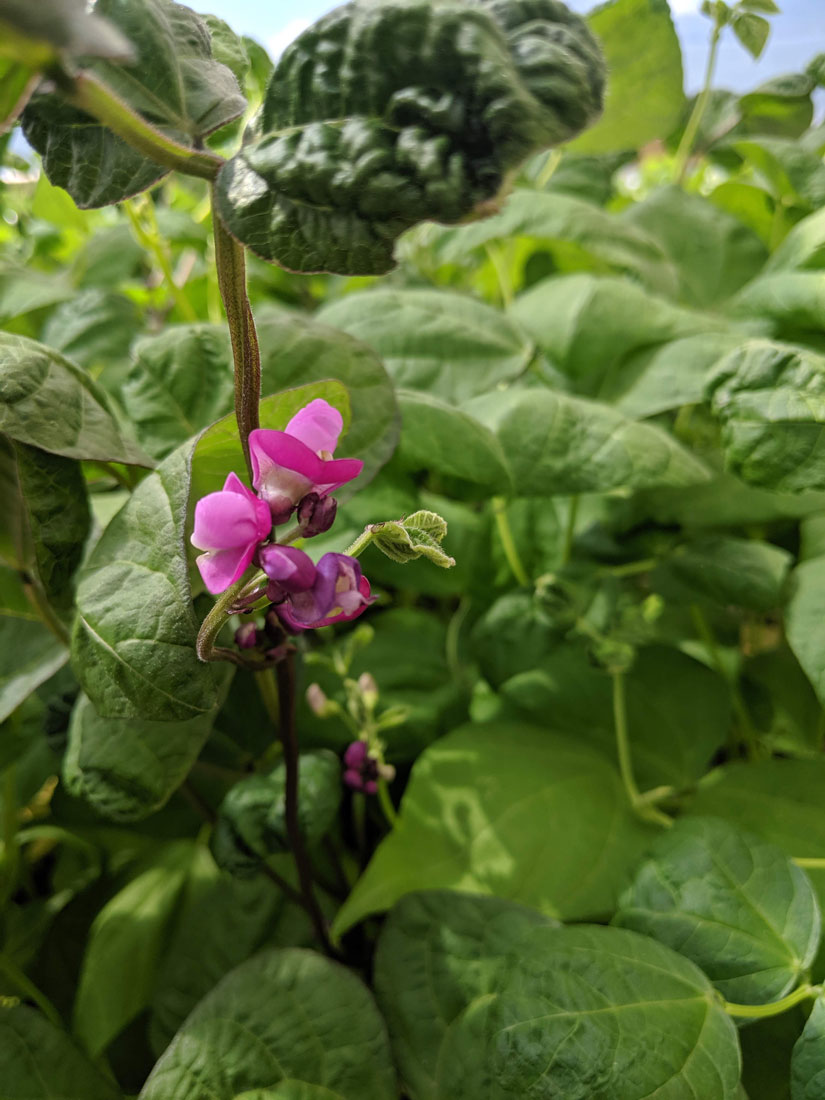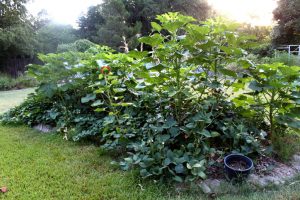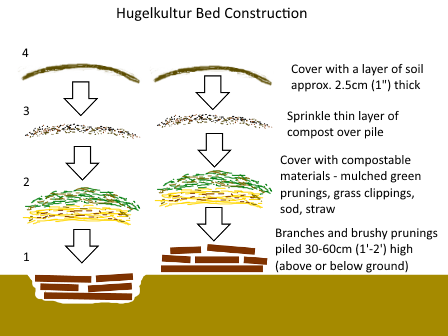
Dear Eartha, I’m reworking some garden and landscape beds this year and would like to be especially water-wise. I’m intrigued by a method called hügelkultur. Does this work well in our area? – Caroline, Breckenridge
Caroline, our precious resource appreciates your integrity! Even though we had a bountiful winter, water is perpetually scarce here in the West. After all, there is more demand than water. This is especially true for the Colorado River, which is fed by the Blue River here in Summit County.
Planting only drought-tolerant species and using soaker hoses or drip irrigation can save thousands of gallons of water per year. Remember that each Colorado household now can collect rainfall in up to two barrels, with a maximum capacity of 110 gallons total. Topping beds with a mulch of newspaper, leaves, bark, or wood chips retain water. Furthermore, using hügelkultur, as you mentioned, can save more water and lead to a healthier garden.
Hügelkultur is a German word meaning “mound culture.” It is a permaculture-style practice using woody material you would otherwise discard. This material builds up over time to create a layered sustainable bed. In essence, it is a compost pile covered with soil in which plants live.

Materials range in size, which varies the degree and speed of breakdown. As this occurs, the materials improve the soil for nearby plants. Think of the forest floor. It is made up of layers of decaying matter which are used by living organisms. Twigs, branches, shrubs, leaves, and even whole trees make up the soil. Excess rainfall is absorbed by this debris and released in times of drought. That’s the idea behind hügelkultur. Let’s put this in terms of a home garden.
Step One: Choose Your Style
First, choose your site. Determine if you want to build a raised mound, starting at ground level. Hügelkultur traditionally creates a mound, but it certainly works in a raised garden bed lined with wood or stones. Alternatively, you could dig at least one foot into the soil and finish the bed at ground level. Hügelkultur systems work with any size setup.
Step Two: Go Big
Next, fill it with a layer of large woody material. You thought trimmings and wood clippings were waste? Think again! These are resources for your system’s base. Hügelkultur has loose rules, so no need to fuss. You can go as big as logs, or as small as branches. You can even use untreated lumber scraps. These larger materials retain lots of moisture at the bottom of the beds. They break down over a longer period of time, so think of them as food for later.

Step Three: Think Small + Add Soil
After the bigger matter is in, alternate the smaller matter – leaves, straw, grass clippings – with soil and compost. You want a total of about six to 12 inches in depth. The smaller slash will act as more immediate food for your garden. Top it off with some mulch or gravel for extra water retention. Finally, water your bed and let it settle down for a few days before planting.
Step Four: Watch it Develop
Now, sit back and watch as your hügelkultur system works its magic. The yard waste you buried in your beds will absorb water like a sponge, creating a moist environment below the soil to help them break down and provide nutrients to your living plants. Your plants will also benefit from that moisture in times of drought when the “sponges” release moisture back to the soil. You will start to notice you won’t need to water as frequently, and you’ll have healthy, happy plants for years to come given the nutrient-rich environment your hügelkultur system creates.
The results aren’t immediate, so be patient. Beds will have lower levels of nitrogen while the matter soaks up water and begins to break down. If you build beds and plant them in the same season, I suggest starting with species that don’t like too much nitrogen, such as potatoes. You can also let them rest and allow the slash to break down over winter before planting in spring of next year. It also allows beneficial organisms – fungi, mycorrhizae, bacterium, insects, and more – to set up camp.
Larger systems with big logs will last many years, even decades. If branches make up the largest matter, consider adding another layer to the pile every few years to feed the system. If you plant annuals, do not cut them back or remove them after they die. Instead, utilize that organic matter by covering them with a bit of dirt to allow your hügelkultur system to grow a little every year.
Hügelkultur is meant to be a guideline for building sustainable garden beds. Use what you have and plant what makes sense. The loose rules make hügelkultur more art than science. Start experimenting and happy hügelkultur-ing!
